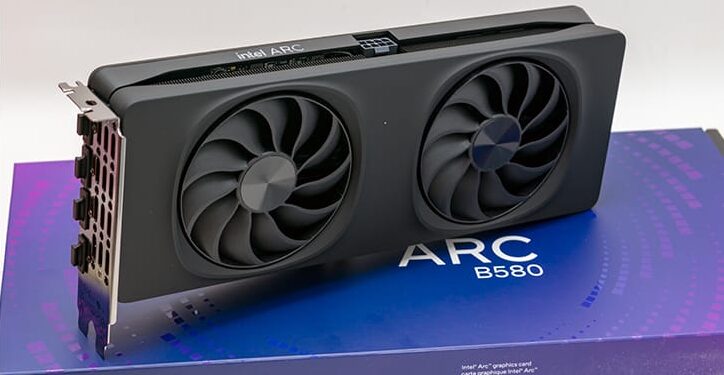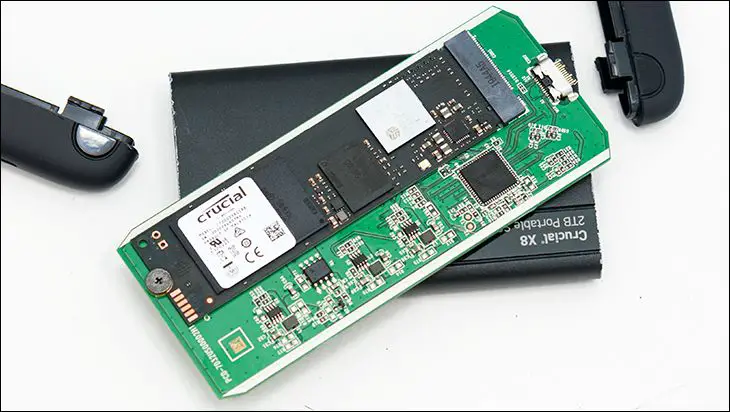Let us not mince words. The ‘video card’ (or more formally the “discrete GPU”) industry is suffering major ennui. Buyers are consistently being offered a choice between buying either extremely expensive and only the size of a brick cards… or so costly you need to sell (somebody else’s) organs to pay for the house sized card. Mix in the fact that the duopoly brands are more than content to do the above and offer only modest improvements over their previous generation and… yeah…. people have been crying out for an alternative. One that can swoop in and break the Red/Green strangle hold on the marketplace, or at the very least push the big 2 into actually innovating again. This is where Intel and their Arc line of video cards enters the chat.
First launched back in 2022, during peak ClownWorld we might add, the Arc Alchemist A3/5/700 series offered a unique perspective on what it takes to break into the dGPU world. Namely Intel focused in on value. Be it a small A300 mainly for Transcoding, a moderate A500 for budget constrained rigs, or an A700 meant more for mainstream 1080P buyers. All had one thing in common. Small size, small power consumption, small asking price, and decent performance… once the driver issues got sorted out. Sadly, the driver issues did ensure that the Arc “Alchemist” generation were going to be seen as not much more than a sideshow. One that few would be willing to ‘take a risk’ on, even if the price was very enticing… and did offer features the ‘other guys’ did not (e.g. native AV1 transcoding!).

This is where the second generation Arc “BattleMage” series enters the fray. Even with just a quick scan of its features it is obvious that ongoing financial (and CEO) troubles or not Intel is all in on breaking the duopoly and giving buyers a good third choice. Namely they have invested the time into upgrading the underlying Xe architecture enough that Intel is promising a massive 24% uptick in overall performance improvement… compared to the higher tiered A750. The last time we ever even heard of that level of promised performance gains… NVIDIA were trying to recover from their “leaf blower” debacle.
Counteracting some of the excitement experienced, and yet jaundiced eyed, buyers had about the BattleMage series was the fact that Intel were releasing a 5-class option with twenty percent fewer Xe cores (20 vs 24) and smaller memory bus (192bits vs 256bits) than the first generation A580. Needless to say this bring into question any and all claims over improved performance. Possbily with experienced buyers musing on if Intel had hired some ex-AMD marketing people to build the pre-release marketing infodump.
Thankfully, things are not as bad as they first appear. Yes. Intel is bucking the trend of making everything bigger, but they are counting on a massive increase in clock rate (2850 vs 2000MHz) combined with massive IPC gains to not only overcome these perceived shortcomings but prove to be potent enough to take on the latest generation $300 to $350 MSRP (aka “x60” class) options from both Team Red (RX 7600) and Team Green (RTX 4060). Considering the asking price is only $250, if the B580 can indeed do what it promises to do then consumers may indeed be witnessing the Dawn of a new (Jedi… err…) Day. One where there is some hope that sanity has returned the dGPU marketplace. One where we can actually optimize the choice in dGPU to better match a given builds needs. Be they professional, recreational, or even both.
Let’s see if the BattleMage can indeed live up to the pressure that is going to be placed on it… or if it is going to be more a case of being a BattleBust with the Nightbrothers and Nightsisters ruling unopposed for another generation.









